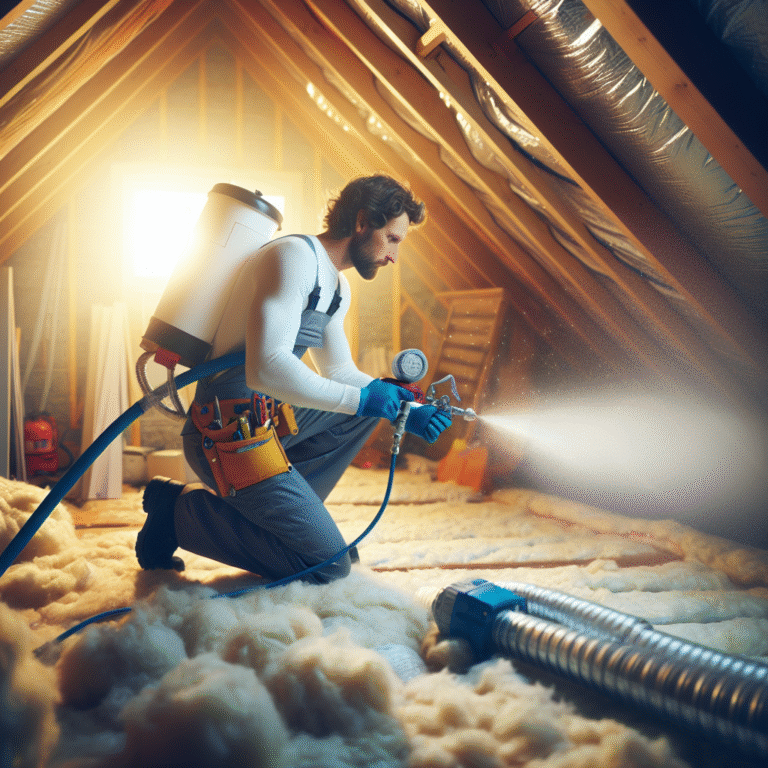Revamp Your Thermal Comfort: The Surprising Cost of Batt Insulation
Introduction
When homeowners think about upgrading their home’s energy efficiency, batt insulation often tops the list of affordable, effective solutions. Batt insulation—pre-cut panels or rolls of fiberglass, mineral wool, or cotton—snaps between studs and joists, creating a thermal barrier that keeps heat in during winter and out during summer. Yet, many are surprised to learn how factors like existing insulation, material choice, and installation complexity can influence the final price tag. In this guide, we’ll demystify the cost of batt insulation and show you how to revamp your thermal comfort without breaking the bank.
H2: What Is Batt Insulation and Why Choose It?
Batt insulation consists of long strips of insulating material designed to fit snugly between framing members. It’s favored for several reasons:
• Cost-Effective: Generally less expensive per square foot than spray foam or rigid board.
• DIY-Friendly: Pre-cut sizes make it relatively simple for handy homeowners to install.
• Versatile: Suitable for walls, ceilings, attics, and crawlspaces.
• Fire-Resistant Options: Mineral wool batts resist flames, adding safety value.
Whether you’re building new or retrofitting an older home, batt insulation delivers a dependable R-value (thermal resistance) that translates directly into lower heating and cooling bills.
H2: How Batt Insulation Affects Blown-In Insulation Costs
Many homeowners combine batt insulation with blown-in insulation to maximize coverage. However, the presence of existing batts can raise the price of adding loose-fill material. Here’s how:
• Removal Fees: Old or damaged batts must be pulled out before blowing new insulation into walls or attics. Labor and disposal fees add to the total.
• Material Overlap: Installing both types may require thinner layers of each, which can alter material costs.
• Access Challenges: Stacked batts and tight cavities can complicate blowing machines’ reach, increasing labor hours.
In projects where blown-in cellulose or fiberglass complements batt layers, expect contractors to factor in removal and prep work into their quotes. Understanding this interplay helps you budget more accurately.
H2: Factors Affecting Batt Insulation Pricing
Several key elements determine the final cost of your batt insulation project:
1. Material Type
• Fiberglass: $0.64–$1.19 per sq. ft.
• Mineral Wool: $0.75–$1.50 per sq. ft.
• Cotton/Recycled Denim: $0.90–$1.80 per sq. ft.
Higher-density or specialty fire-resistant batts command premium prices.
2. R-Value Requirements
Higher R-values (R-30, R-38) require thicker or denser batts. More material equals higher costs, but also better thermal performance.
3. Labor and Accessibility
Wall insulation in new framing is easiest and cheapest to install. Retrofitting finished walls or attic spaces with obstructions (ductwork, plumbing) increases labor costs by 10–30%.
4. Regional Labor Rates
Contractor rates vary by region. Urban areas with higher living costs often come with steeper installation fees.
5. Existing Insulation Removal
Old, compacted, or moisture-damaged batts require removal and disposal. Add $0.25–$0.50 per sq. ft. for tear-out services.
H2: Maximizing Thermal Comfort with Cost-Effective Batt Insulation
Batt insulation delivers immediate improvements in indoor comfort, but smart planning can stretch your budget further:
• Pair High-Performance R-Values with Strategic Placement: Use higher R-value batts in attic floors and lower R-value in soffits or interior walls.
• Seal Air Leaks First: Caulking and weatherstripping before insulation prevents costly heat loss around windows, doors, and wiring penetrations.
• Shop Bulk Discounts: Local suppliers often offer 5–10% discounts when you buy insulation by the pallet.
• Bundle Projects: Combining wall and attic insulation in one contract can reduce per-square-foot labor costs.
• Check for Rebates: Utility companies and state programs often incentivize upgrades, offsetting up to 30% of material and labor costs.
Q&A
Q: How much does batt insulation cost on average?
A: Expect to pay between $0.64 and $1.50 per square foot for materials alone. Including labor, removal, and disposal, total installed costs range from $1.50 to $3.00 per square foot.
Q: Can I install batt insulation myself to save money?
A: Yes, in unfinished spaces like new construction or open attics. Proper protective gear—gloves, safety glasses, respirator—is essential to handle fiberglass or rock wool safely.
Q: Should I remove old batt insulation before upgrading?
A: If the existing batts are damp, moldy, or compressed, removal is recommended. Clean, undamaged batts can often be layered with new material if they meet current R-value standards.
Conclusion
Batt insulation remains one of the most cost-effective ways to revamp your thermal comfort and reduce energy bills. By understanding how material choice, R-values, labor rates, and existing insulation affect pricing, you can make strategic decisions that deliver peak performance for less. Whether you tackle a DIY project or hire professionals, a well-executed batt insulation upgrade pays dividends in lower utility costs and improved year-round comfort. Start planning today to experience the surprising value batt insulation brings to your home.




